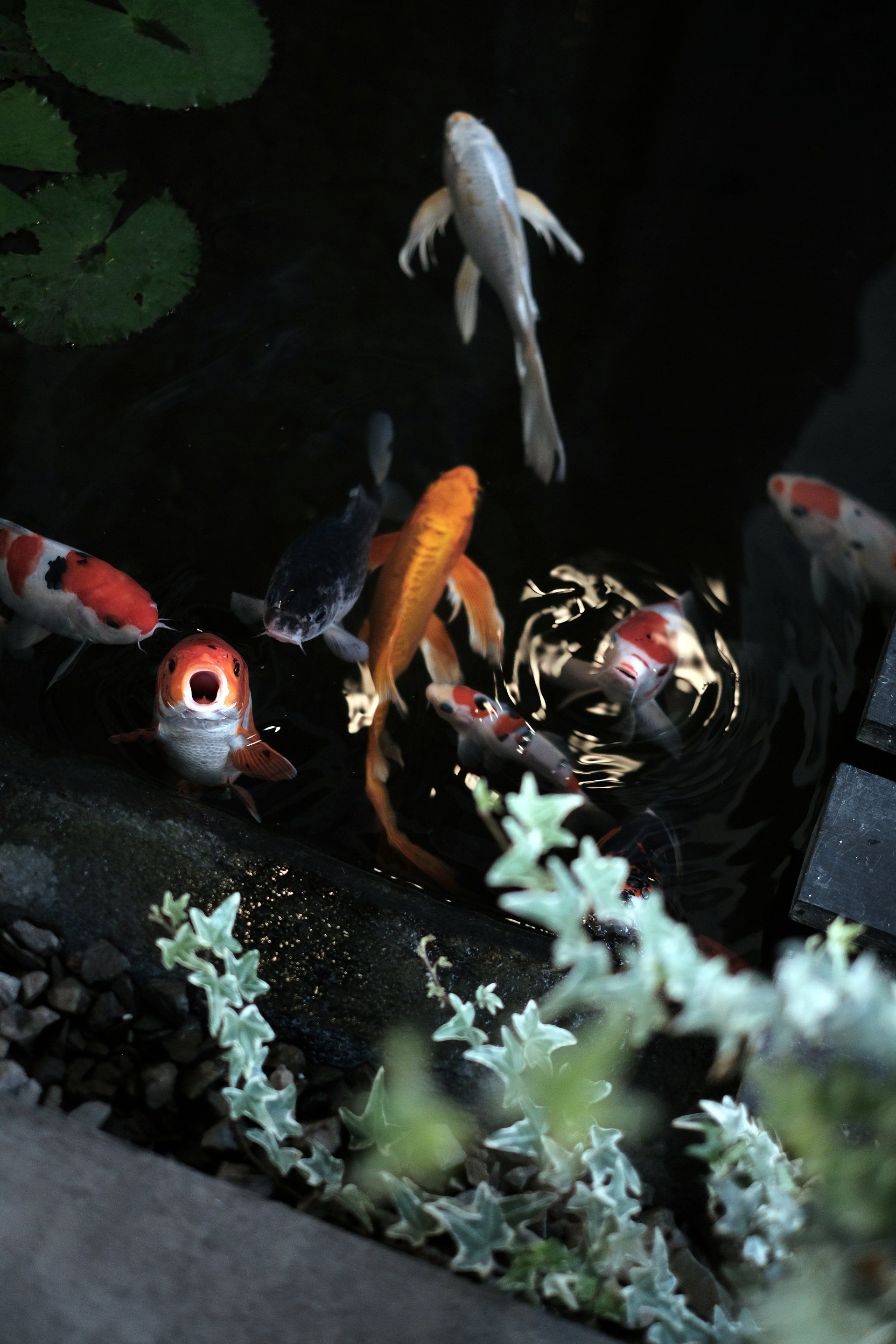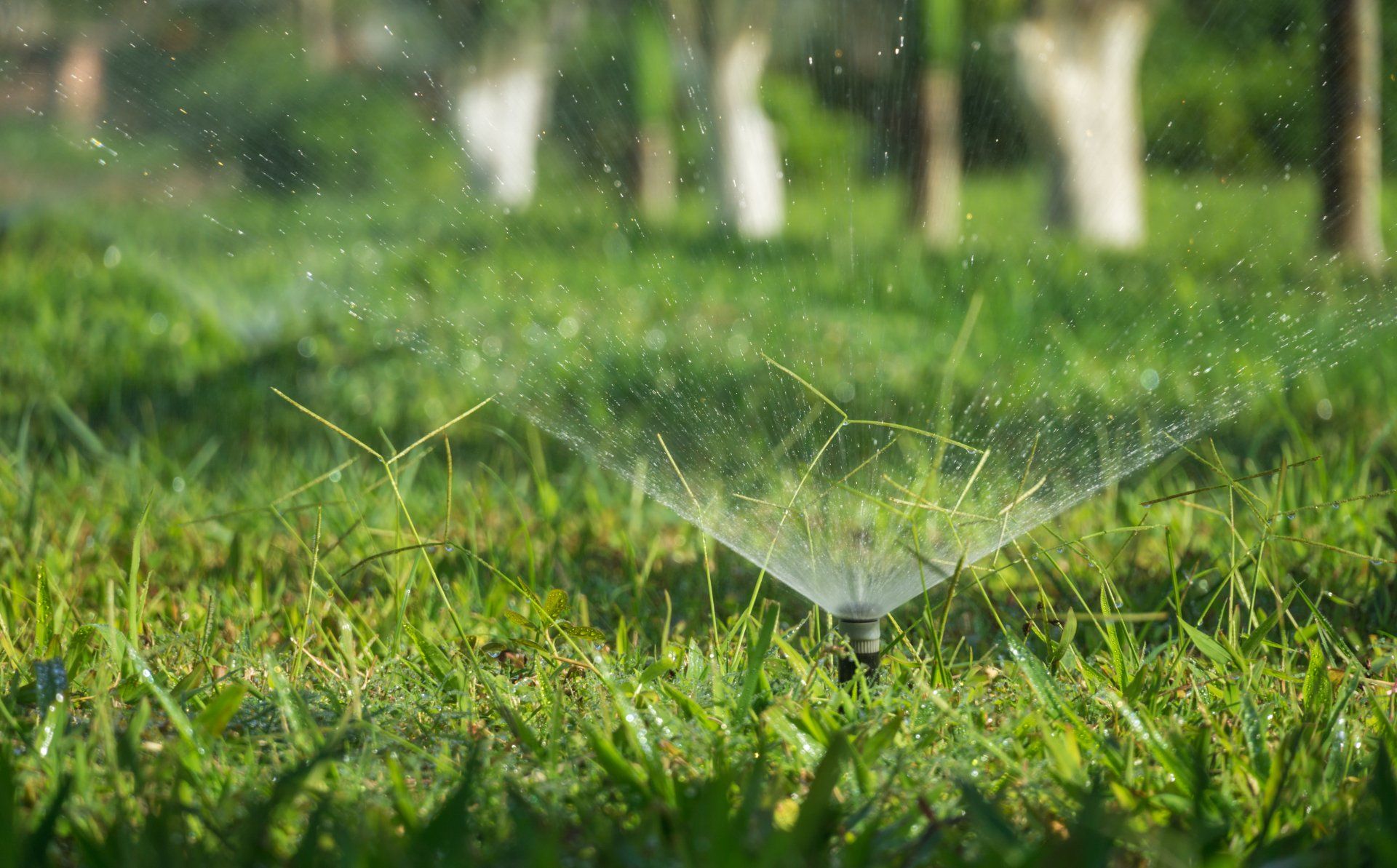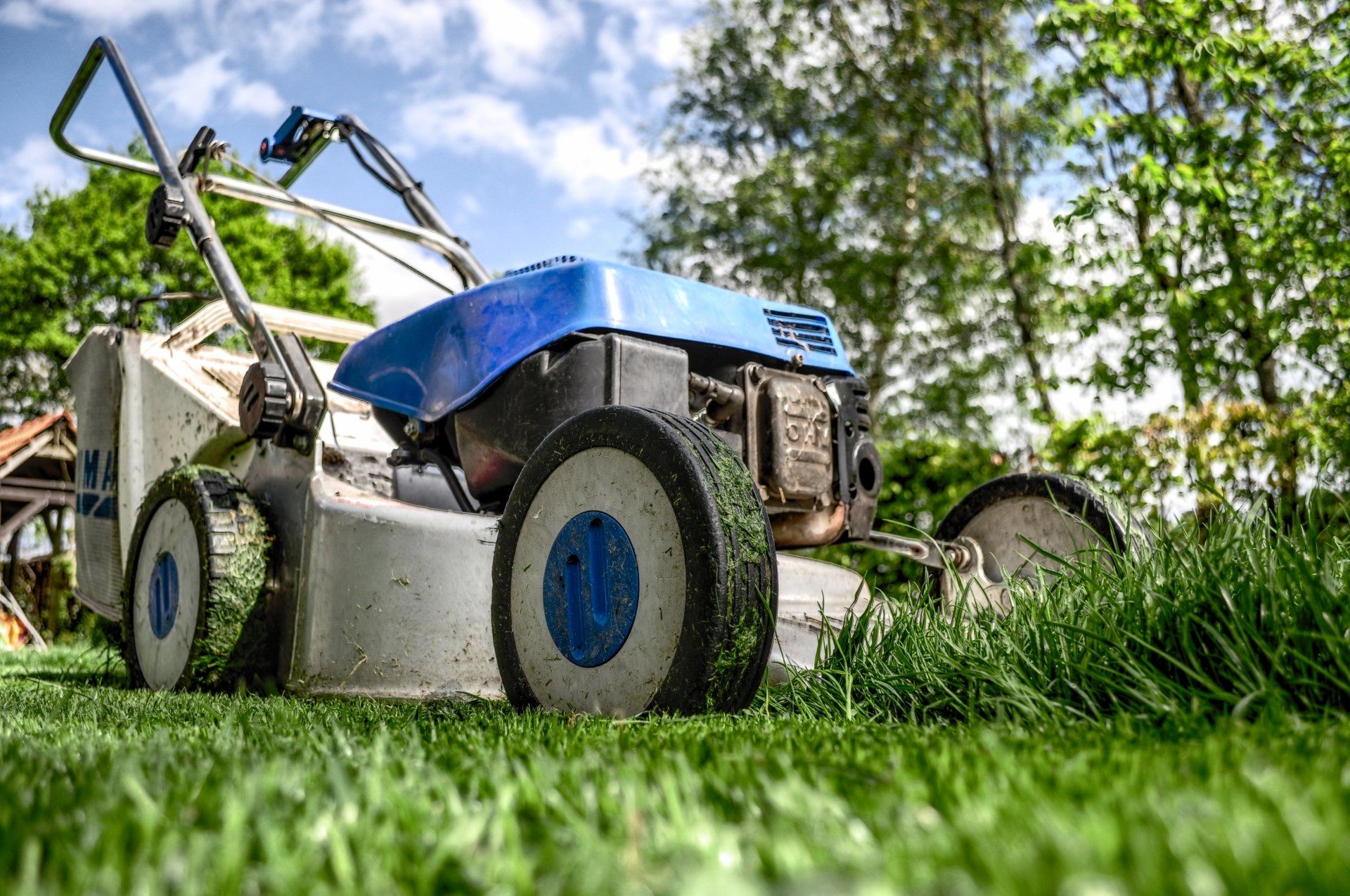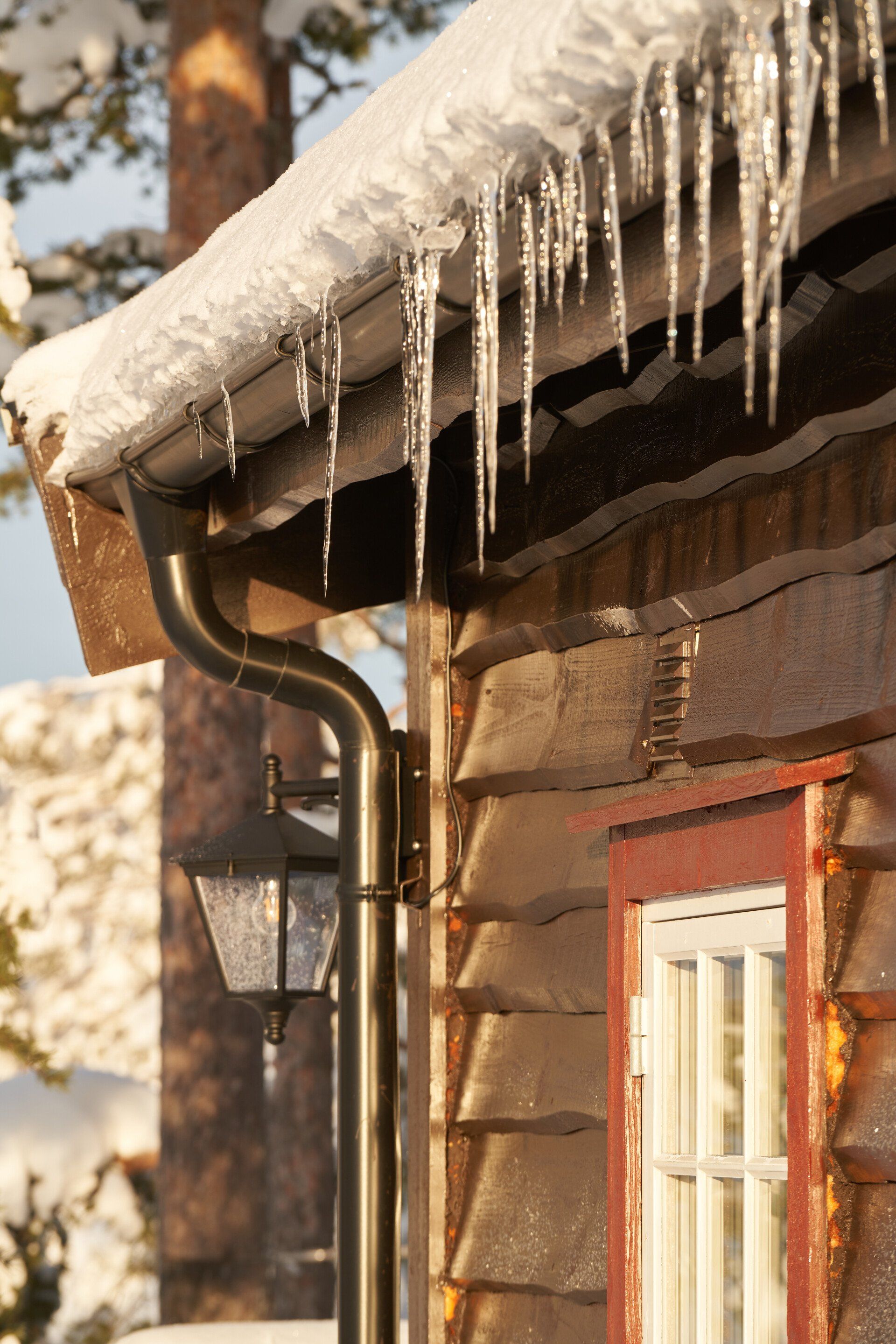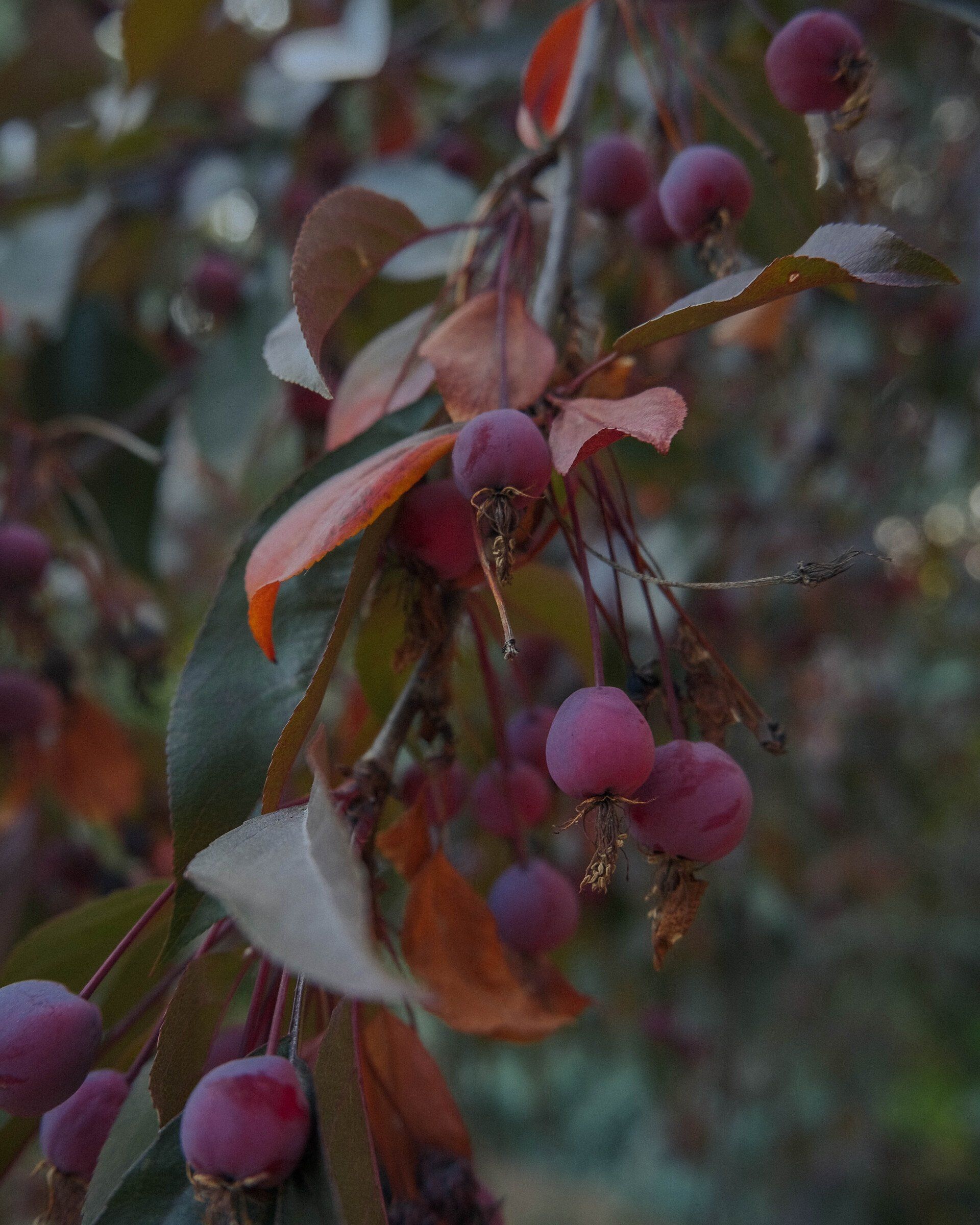Can You Plant Trees in the Winter?
Can You Plant Trees in the Winter?
As winter approaches and colder, homeowners are eager to know if it is possible to grow trees in winter? The simple answer is yes. But you need to take into consideration the kind of tree you want to plant, your climate zone, and coming weather forecast. It's also important to consider when you plant your tree in the early or mid winter. Let's look at each of these aspects in depth so that you can determine whether now is the best time to plant the tree you want to grow in your backyard.
Tree Type - Evergreen or Deciduous
If you're deciding to plant a tree during the winter, take into consideration the kind of tree you're looking at. Evergreens - like spruce or pine trees--don't let their needles go. Because they require all the nutrients they can before the ground gets frozen and they are able to have a smaller time to plant as compared to deciduous tree. It is important to plant evergreens in a time when the soil temperature is not less that 60° F (16 degrees Celsius).
Deciduous trees, or ones who shed their leaves and become dormant in winter, don't require the same amount of energy to endure the cold winter months. That means that temperatures will decrease when planting them. To get the most benefit plants deciduous trees in the autumn or in early spring prior to when they start bloom at a time when the soil has a temperature of 50° F (10 degrees Celsius) or higher.
Climate Zone
The climate can have a major impact on the time you can include a tree in your garden. For the entirety of Canada and Northern United States, fall is the best time to start planting trees. The summer heat is over and the harsh temperatures of winter are yet to come. For USDA The Plant Hardiness Zones 1-7, the period from mid-August through mid-October is the best time to plant an additional tree to your backyard.
In southern climates, including Zones 8-11--you'll are more likely to have time to plant trees established. In November, and in December, are suitable dates for planting trees. This includes Florida, Louisiana, and southern Texas, Mississippi, Alabama, Georgia, and South Carolina.
Upcoming Weather Forecast
Additionally, when taking into consideration the climate of your area, current unusual weather can affect the likelihood of you planting trees. For example, a particularly warm winter could be to plant trees, even if you are in an area with a northern climate. However, a sudden snowstorm in the beginning of September requires that you delay planting any new trees into the ground.
Early, Mid, or Late Winter
The winter season is separated into 3 distinct phases. Early winter typically is characterized by fall-like characteristics, which makes it ideal for the transplantation of saplings. But, if the ground is frozen or snow is falling, it's better to put off transplanting until late winter or even early spring. In the end, young saplings are prone to frost damage and their roots can dry up when you plant them during midwinter. Unless you live in a climate that is southern, where snow and cold don't pose an issue.
Special Considerations
Whatever your location or the kind of tree you'd like plant, you can help your tree to survive winter by following these suggestions:
- Continue to water: Saturate the soil around the tree each couple of weeks or until the ground begins to freeze. Give it a particularly thorough watering just prior to a large freeze.
- Use mulch: The freezing-thawing cycle can be especially damaging for young tree roots. Insulate the soil by putting down mulch to ensure a more constant temperature. Mulch also reduces the rate of evaporation so that roots are able to absorb more water.
- Take the tree down: Windy winter conditions can impede the growth of a sapling. Let the tree grow straight and solid by securing the tree to at least three stakes.
- You should consider applying anti-desiccant It is a substance which provides a waxy protective layer to broadleaf evergreens. anti-desiccants stop the process of desiccation (drying out) in winter.
- Do not fertilize: Immediately after planting an sapling, you'd like the new tree to establish strong roots, not brand new branches. It's okay to add some bone meal and compost however, you must wait until spring.
- Do not prune: Transplanting is stressful enough for a tree without you having to remove all its branches. However, this doesn't apply the case of a damaged limb in transit and needs to be removed.
- Protect from deer Make sure to protect new trees from being a target for deer by treating it with a repellent for deer. Consider also putting a deer repellent tube around the trunk to prevent the deer from getting their antlers.





